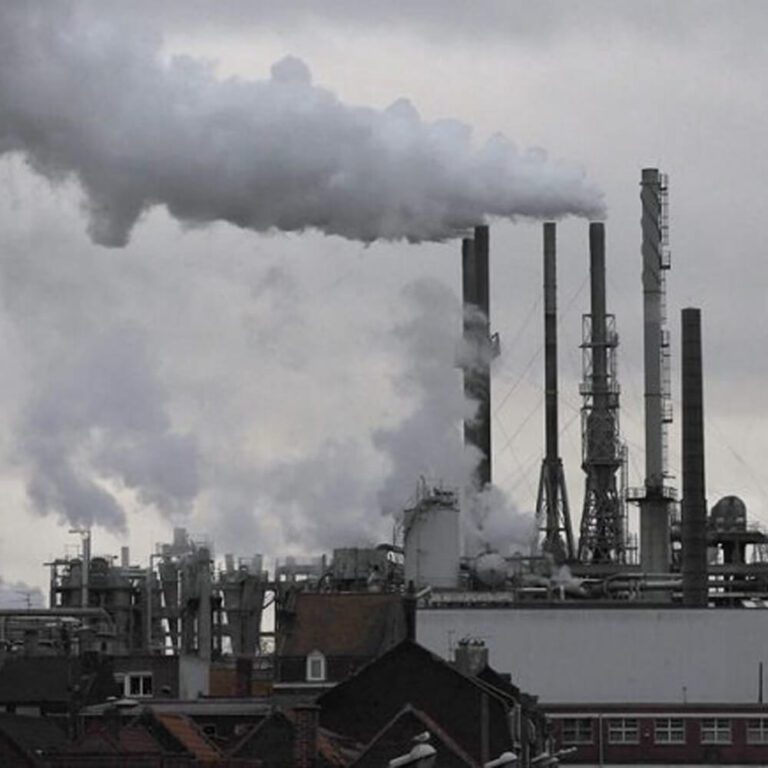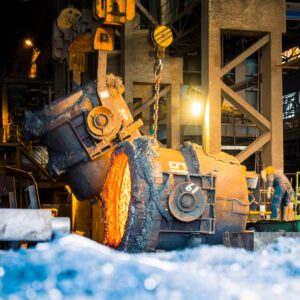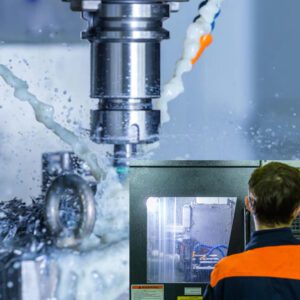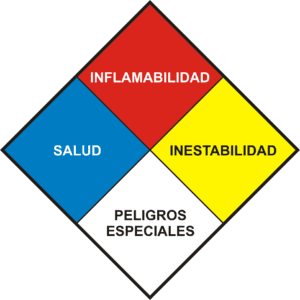Partículas suspendidas en el aire

BLOG
Airborne particles What are they?
Los contaminantes en la atmósfera son más comunes de lo que todo pensamos, estos impactan directamente en el medio ambiente y en la salud. Las partículas suspendidas a como se le conoce comúnmente o material particulado (particulate matter), representan un grave riesgo para todos. Otro de los términos más comunes utilizados para identificarlos, como una mezcla de compuestos microscópicos o muy pequeños en forma de líquidos y sólidos suspendidos, son por ejemplo hollín, polvo, humo o neblinas.
How are they classified?
Suspended particles can be classified in many ways according to different criteria. Here are some of the most important ones.
According to its origin. This is one of the most common or basic classifications of environmental particles and air pollutants; According to the following criteria, they can be identified between primary and secondary:
- Primary particles are all those that are emitted directly into the atmosphere, such as: dense or dark smoke from cars and trucks, dust in the streets.
- Secondary particles are all those that are formed in the atmosphere due to chemical reactions this due to the presence of gaseous materials, it is known as precursors. The main precursor gases are sulfur dioxide (SO₂), nitrogen oxides (NOₓ), volatile organic compounds (VOC) and ammonia (NH₃), mixtures of these form sulfates and nitrates.
Particles according to their size. Suspended particles can also be classified by size, but due to the myriad of shapes it is almost impossible to give them just one dimension. But, using its aerodynamic diameter as a reference, this can be used as an indicator to size the real geometry of the particles.
Sizing the particles suspended in the air is very important, since, by determining their aerodynamic diameter, we can identify those with much smaller diameter, these particles are the ones that can penetrate directly to our lungs.
Example:
- Total Suspended Particles (PST), which comprise a size range between 0.005 and 100 microns or microns (µm) in aerodynamic diameter.
- Most of the particles present in the atmosphere are smaller than 40 µm.
- Particles with an aerodynamic diameter less than 10 µm (PM10) are also known as respirable or inhalable fraction.
- The coarse fraction is made up of particles whose aerodynamic diameter is between 2.5 and 10 µm (PM2.5-10).
- The fine fraction comprises particles with an aerodynamic diameter less than 2.5 µm (PM2.5).
- Ultrafines refer to particles smaller than 1 µm (PM1).
Particles according to their formation process and size
Its diameter is defined based on how the particles are formed; they are regularly classified according to the combination of their formation processes and particle size, and are distinguished by "fashions" such as nucleation, build-up aitken, and coarse.
Filterable and condensable particles
These particles are composed of a filterable and condensable portion and their difference consists in their size, physical state in the atmosphere and the collection method used.
DYNA FLO® Dust, Smoke and Mist Collectors are the most efficient systems for controlling airborne particles, thanks to the great versatility and variety of equipment, which are adapted to every need.
We are here to help you.
Fuente: inecc
Partículas suspendidas en el aire / Partículas suspendidas en el aire / Partículas suspendidas en el aire
Other articles of interest

The importance of a dust collector in a foundry.
Metal foundries play a very important role in the production of various products around the world, from aeronautical parts, automobiles, industrial components and for our daily lives. However, this industrial process can generate large amounts of dust and suspended particles that pose risks to both workers and the environment.

Oil mists
The workshops that work with specialized equipment such as CNC or lathes, require the use of liquids such as water and oils, aerosols are also used in some of these machining processes, these must be controlled at the point where they are generated, preventing them from come into contact with workers.

Rule 704 – Fire Diamond
The National Fire Protection Association or NFPA, is an international voluntary institution, which aims to standardize action protocols in Fire Protection and Prevention (National Fire Codes), this entity promotes good practices in the fire fighting and prevention.





